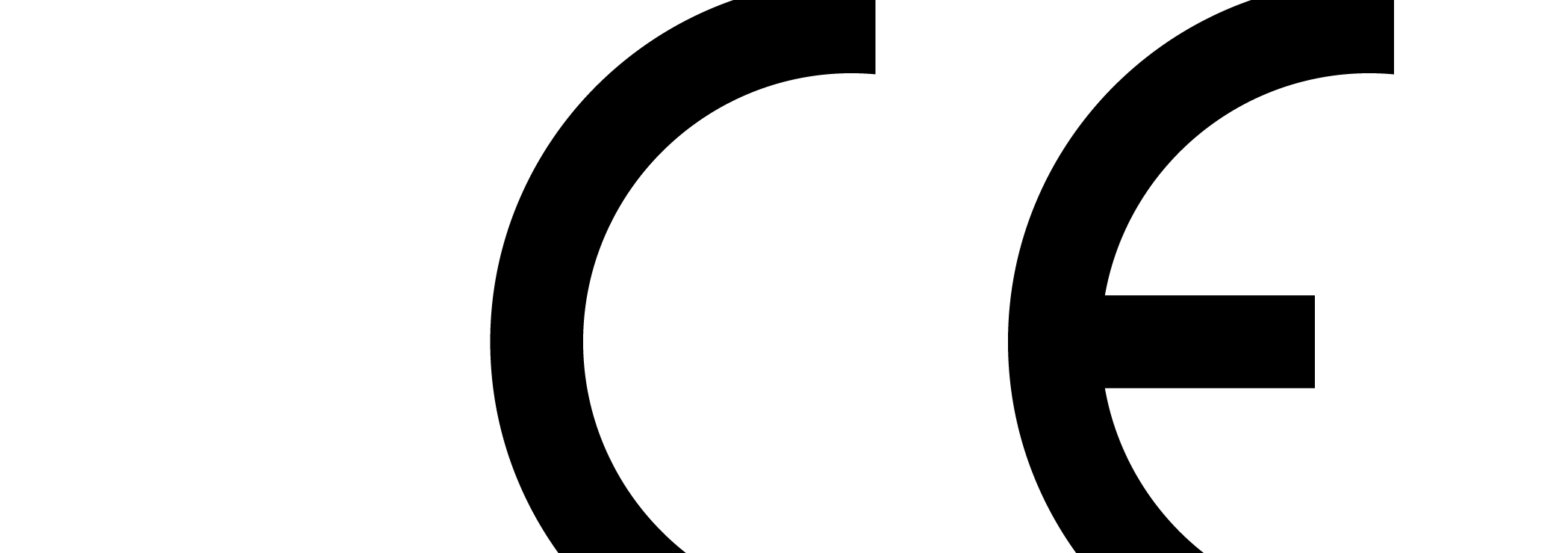
Time to Read 2 min
You have almost finished developing your product and are now wondering what you need to do to be allowed to market it in Europe? Perhaps a customer is asking for the CE declaration of conformity or the EMC test reports? What is the best way to proceed?
In Europe, market access is regulated by directives and regulations. The most important ones are:
- Electrical and electronic equipment
- Low Voltage Directive
- EMC Directive (electromagnetic compatibility)
- Radio Equipment Directive
- Machinery
- Medical technology
In Switzerland, the corresponding Swiss ordinances apply. However, these are closely based on the European directives and ordinances and refer to them in many points. The example of the ordinance on low-voltage electrical products is given here.
For electronic devices and machinery, CE marking in most cases is based on self-declaration. This means that if your product conforms to a suitable harmonized standard, it is assumed that it also complies with the corresponding directive or regulation (so-called presumption of conformity). Based on this, you can then issue the so-called CE declaration of conformity in your own responsibility.
Harmonized standards define minimum requirements and corresponding type and routine tests which all products must fulfill, particularly with regard to safety and EMC. EMC tests are usually carried out by an accredited laboratory. It is also recommended in many cases to have electrical safety tests carried out by an accredited laboratory.
Type tests are extensive tests that are usually carried out on only one test sample during the development phase, but this must already correspond to the series standard.
Routine tests, on the other hand, are shorter tests that are carried out on each product at the end of the production process.
The following steps are therefore necessary to be able to attach the CE mark to your product:
- Check on the website of the European Commission to see which directive or regulation your product falls under.
- Check which harmonized standards are applicable to your product. For example, using the list of harmonized standards (e.g. for the Low Voltage Directive here).
- Conduct a risk analysis. This is especially relevant if your harmonized standards do not cover all the risks of your product.
- Commission an accredited laboratory to carry out the necessary type tests.
- Compile the technical documentation:
- risk analysis and applied harmonized standards
- description of your product
- design and production documents
- test reports
- Issue the CE declaration of conformity.
- Make sure that all manufactured products correspond to your test sample and the technical documentation, respectively.
- Attach the CE mark to your product.
- Carry out the routine tests required by the relevant standard on every product delivered.
However, this route via self-declaration is not permissible in all cases. In certain situations, a so-called “Notified Body” can or must be consulted. This is the case, for example, if there are no suitable harmonized standards or for medical devices and certain machinery. You can find the details in the corresponding directive or regulation. Contact us if you get stuck, we will be happy to help!
Jonathan Feller
Do you have additional questions? Do you have a different opinion? If so, email me or comment your thoughts below!
Author

...studied electrical engineering and information technology at ETH Zurich and is a hardware, system and safety specialist. He is involved in the development of hardware and systems from the initial idea to specification, design and commissioning to verification and CE conformity. In his free time, he can be found on his bike or in the climbing gym.
No Comments